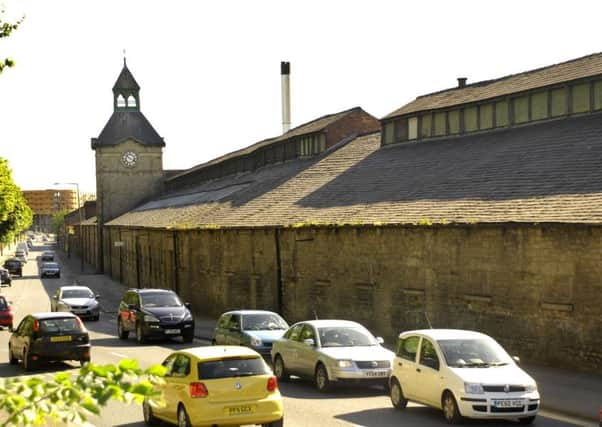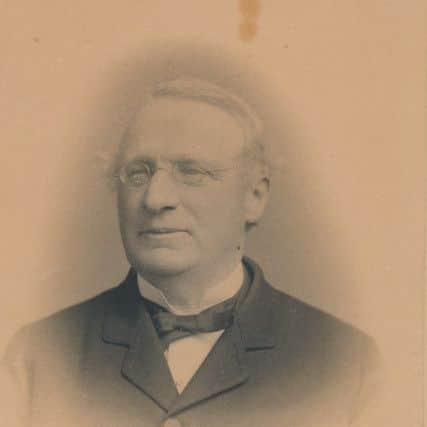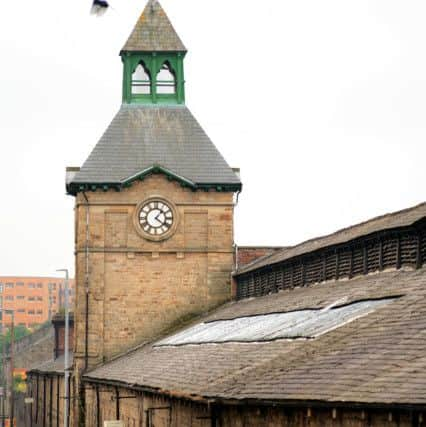Lancaster nostalgia: Standfast & Barracks


Thousands of people travelling along Caton Road every day pass what looks like a massive, rather grim building which belies its colourful past and present.
For just over 90 years, the building has been home to Standfast & Barracks, one of the country’s leading fabric printers which produces materials for clients worldwide including top designers like Ralph Lauren and prestigious stores such as Liberty in London.
Advertisement
Hide AdAdvertisement
Hide AdBut before the site became a hive of fabric printing activity, it had several other lives which began with the man who designed the offices, workshops, central gateway and impressive clock tower – Edward Graham Paley.


Edward was born at Easington near York in 1823, the fourth son of a clergyman.
He studied at Christ’s Hospital, London, and at the age of 15 commenced his long architectural career as a pupil of Edmund Sharpe, a Cambridge graduate who set up a practice in Sun Street, Lancaster.
Paley became a partner in 1845 and after Sharpe’s retirement in 1851 ran the growing practice for 17 years
Advertisement
Hide AdAdvertisement
Hide AdPaley designed many churches in the area with his biggest achievement being St Peter’s Cathedral.


It was after Sharpe retired, and when Paley was working with the help of assistants, that he was commissioned to design a building for Lancaster Carriage and Wagon Works where he just happened to be a director.
He set to work on designing the huge industrial site – now Standfast & Barracks - in 1863 and the building was completed in 1865.
Also during that time Paley designed a wide range of buildings from churches and private houses to railway premises.
He was joined in his endeavours by Hubert Austin in 1868.


Advertisement
Hide AdAdvertisement
Hide AdBy the time of its closure in 1944, the practice then known as Austin and Paley had produced 636 known works in 108 years, ranging from hospitals, schools and churches, to minor restorations.
But what sort of man was Edward Paley?
Thanks to James Price’s book on Sharpe, Paley and Austin we know quite a lot about the man behind many a Lancaster landmark.
Like many professional men in Victorian times, Paley seemed to have his fingers in many pies.


He was a committee member of the Storey Institute and Royal Albert Asylum as well as being a borough councillor for a while.
Advertisement
Hide AdAdvertisement
Hide AdHe succeeded Sharpe as Bridgemaster of the Hundred of South Lonsdale and designed the road bridge over the River Lune at Caton.
An enthusiastic rower, along with Sharpe he founded Lancaster Rowing Club and his interest in music was reflected in his membership of the local Choral Society.
Paley was a very sociable person who seemed to be well liked.
He was described as ‘one of nature’s gentlemen who was always cheerful and friendly’.
Advertisement
Hide AdAdvertisement
Hide AdHe married Edmund Sharpe’s sister and together with his wife and four children lived at The Greaves in Lancaster.
On his death in 1895, he had a very well attended public funeral.
Thanks to Edward Paley, the area can boast some of the country’s finest buildings most of which, like Standfast & Barracks, are still standing and fulfilling an important purpose.